In the morning I go to school. I walk to the metropolitana station, make five stops on the train, get off and head towards the school, which is right in the city center. As suggested by my classmate Patrizia, I take a break of no more than ten minutes to have a “caffè e cornetto” in a bar and then, with renewed happiness, I make the last walk to the school.
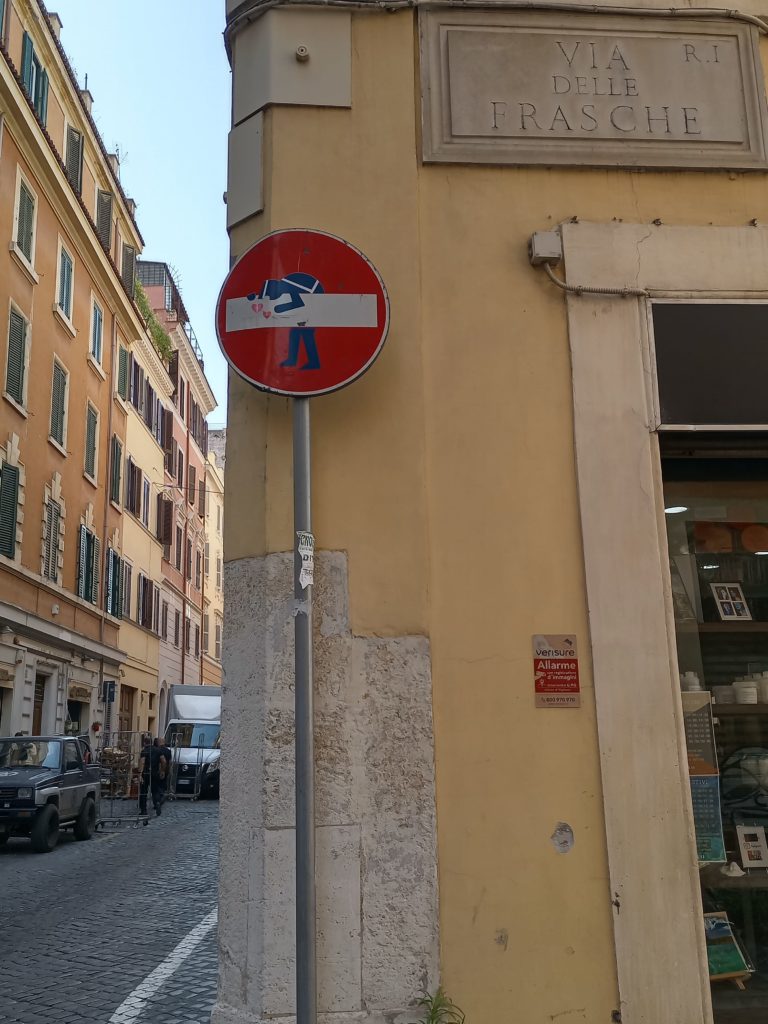
Early in the morning, I have grammar class. Then there is a break in which we all go downstairs to socialize by a “nasone”, one of the 2,500 drinking water fountains distributed throughout the city, which are a relief in the midst of temperatures close to 40° Celsius. They are called “nasoni” because the shape of the metal tube emulates that of a nose, and although they were installed in the 19th century, the water is brought to us thanks to the aqueducts built by the ancient Romans. It is clear that Rome has a particular connection with water, which can also be seen in the monumental fountains and in the ancient thermal baths.

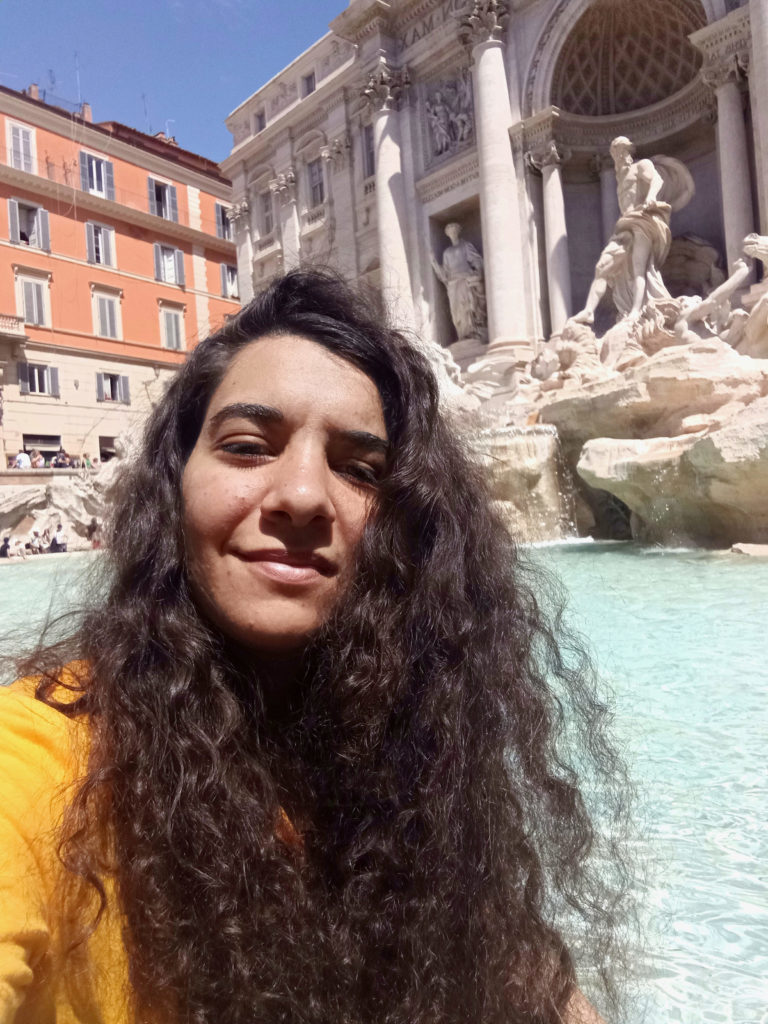
During the break, the conversation is joyful, gentle and a bit laborious because we always chat in Italian. I usually talk with the German girls, Andrea and Patrizia, and with “i fratelli”, Gibbi and Don. I discovered that there are those who go to school for the sole pleasure of studying languages and spending their vacations abroad while others, like my religious classmates, have to finish the B1 level to be able to begin their superior studies in Rome. It is significant how many religious persons from all over the world come to the Roman universities to pursue their higher studies in religion, not without first passing through the Italian language schools. I have learned a lot during this time and thanks to them, I was able to appreciate some visits to Roman churches and basilicas.
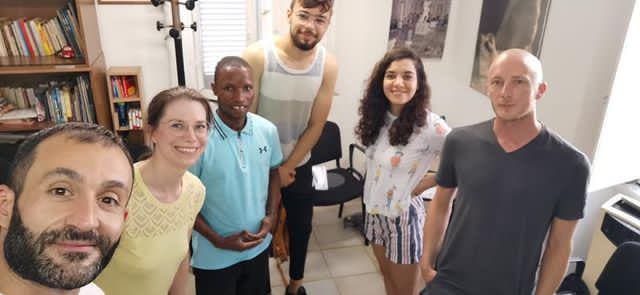
Then, I have the conversation class with professor Augusto, a very talented instructor. In his class, we make plans with the other classmates, organize lunches in the area and learn a lot about Roman and Italian culture. After this class, the individual lessons begin, although not all classmates take them. After these three classes, there is not so much time left to visit museums and attractions, but there is plenty of time to have an ice cream or take a walk downtown. The more substantial activities are left for the weekend. With Andrea, for example, we went to the beach in Santa Marinella by train. We decided to buy a very nice light orange umbrella because the beach was full of people, and we stayed there until late. On the way back, we went to eat in Trastevere, a neighborhood where everyone is at night because of the number of restaurants, bars, and live music. I have been to this area several times, it is one of my favorite spots in the city.
One of the objectives of this trip was to visit all the places where there were remains of ancient thermal baths to learn all about these wonderful sites linked to health, because in ancient times the contact between water and skin was a health issue. First of all, I visited the thermal baths of Caracalla, where you can rent virtual reality glasses that superimpose a more or less reliable recreation of how this space looked in the past. Truthfully, it wasn’t that interesting a visit although I would like to go back to attend the Teatro dell’Opera there at these baths. On the other hand, I was impressed by the baths of Emperor Diocleziano. The place is absolutely fantastic and very well preserved. The enclosure was truly immense, it could hold up to 3000 people. In fact, around the 4th century d.C., when they were built, they were the largest baths in all of Rome. As there are still enclosures called “Aula” it is possible to imagine that the water was accumulated there and then passed into the pool. All the time I had a strange feeling of being submerged under water, I could not explain why.
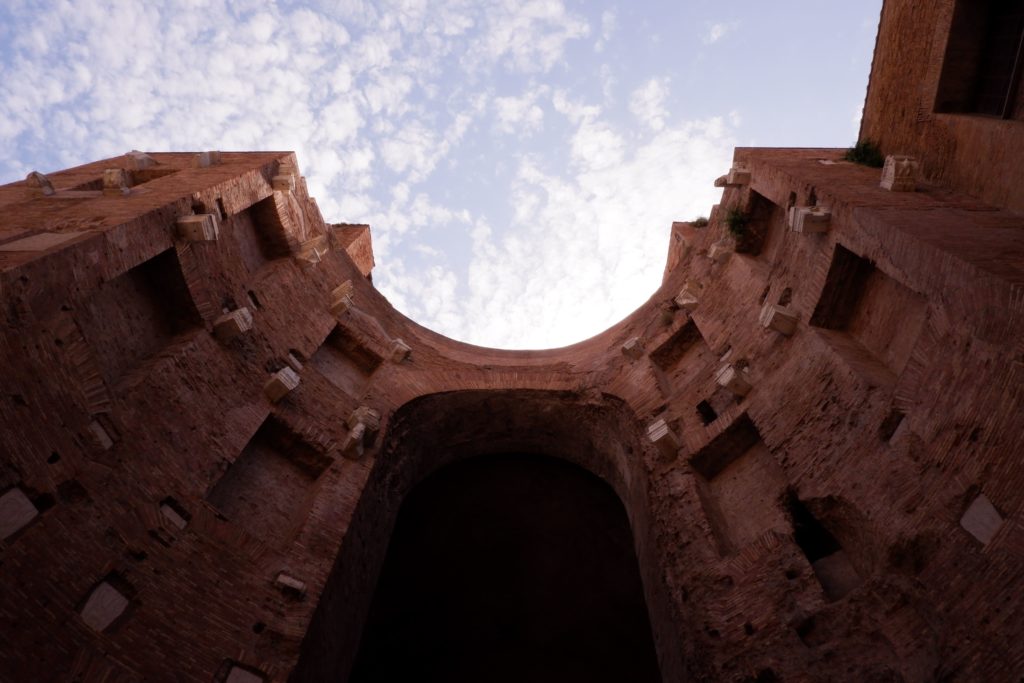
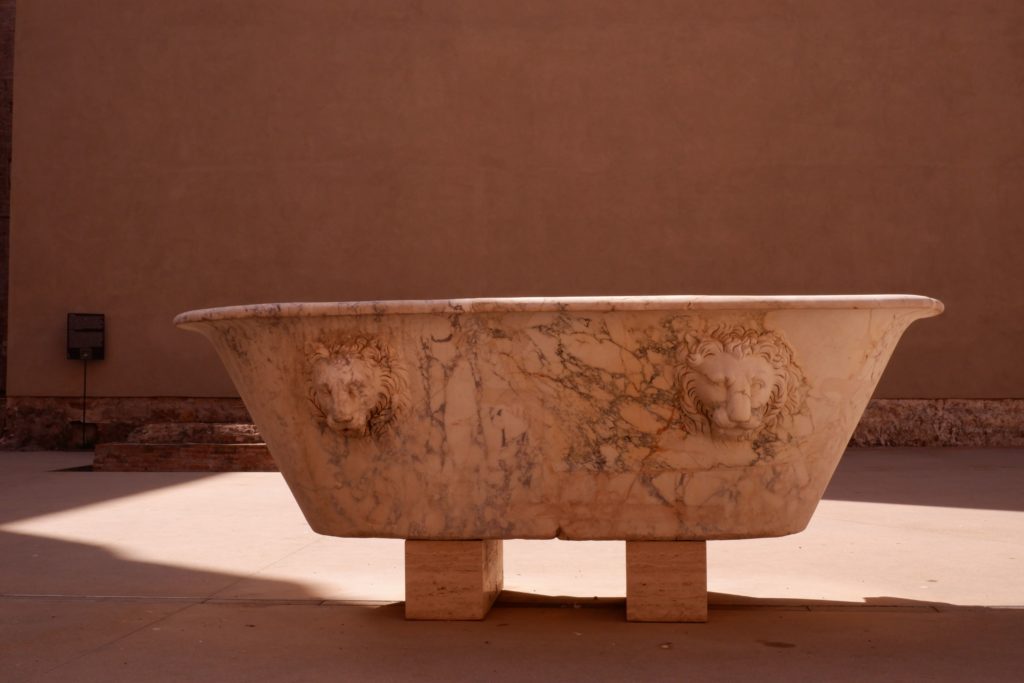
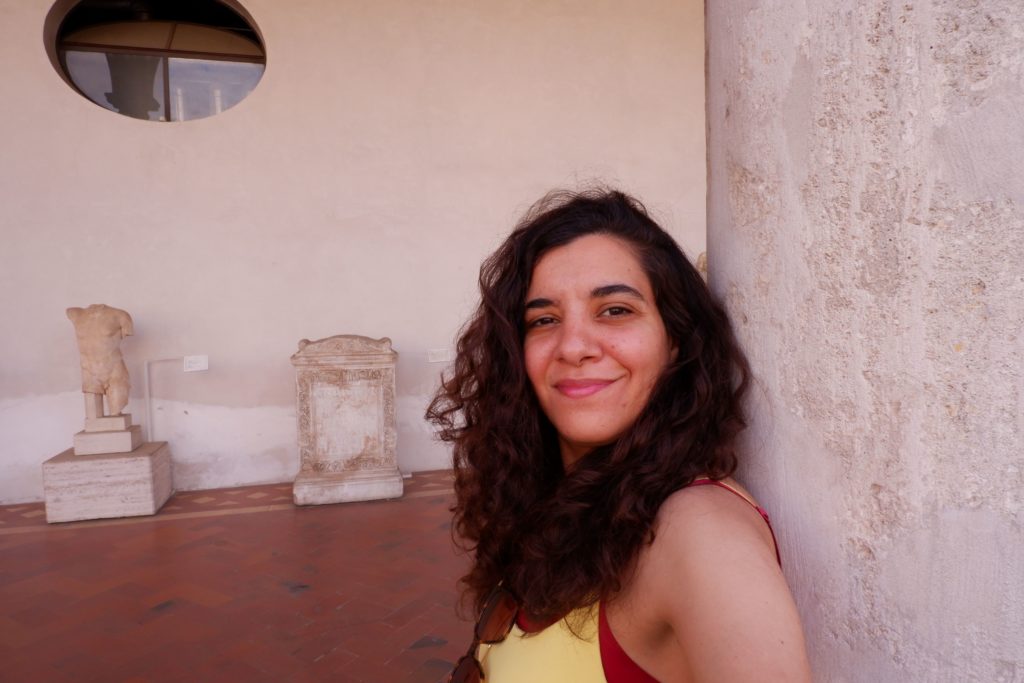
One last note about the thermal baths. After my visit to the Pantheon, as I was going around the outside of the building, I came across the sight of the remains of an ancient building, almost like a rock, protruding from the facade of some houses. I asked the waiter on the corner who told me that these were the remains of Agrippa’s baths built around the first century BC, the first in Rome. I had to confirm this information later because I thought the man was joking with me. But he wasn’t.
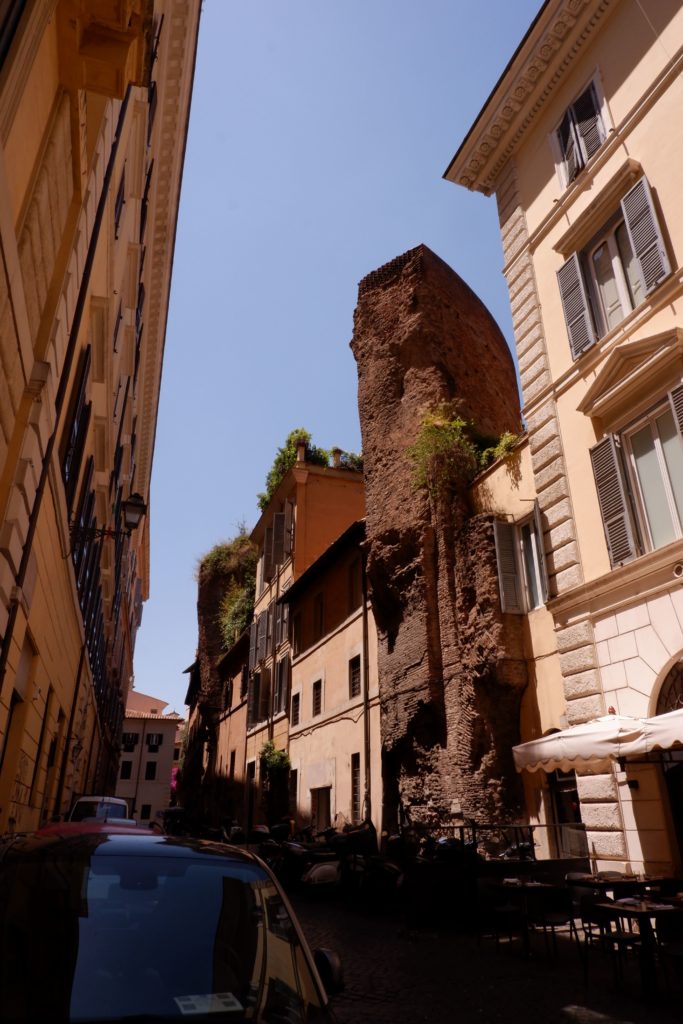
Wow, Julia! I love this connection you’ve seen between Roman culture and the importance of water in addition to the Italian language necessity to access religious studies. I bet there’s a lot to uncover there. Thanks for sharing! I hope you’re staying cool in that summer heat and can’t wait to read you next update.